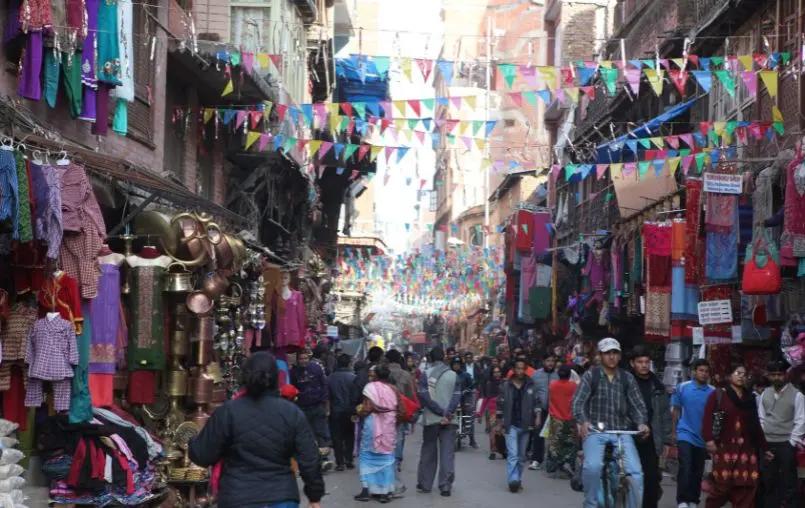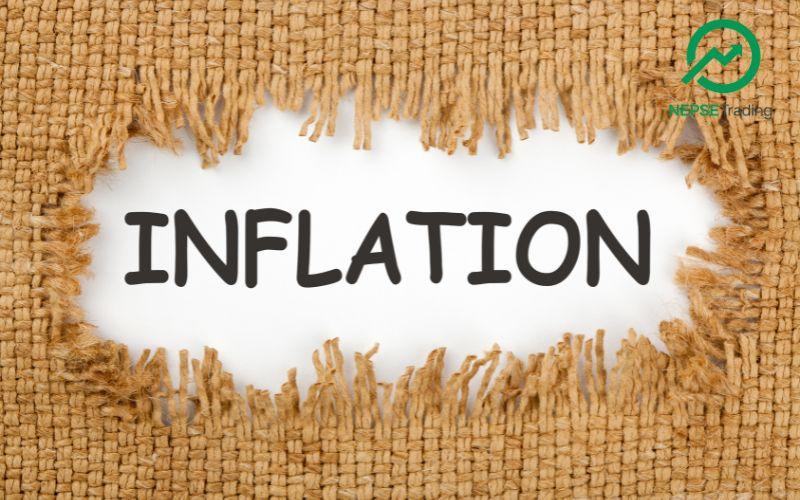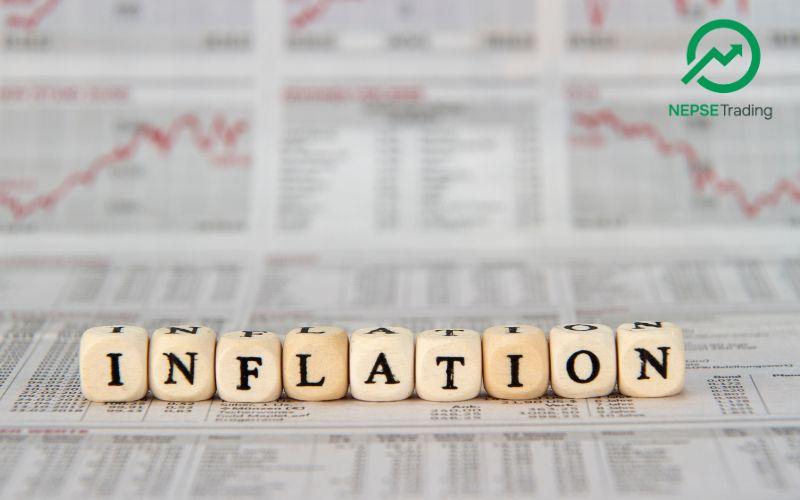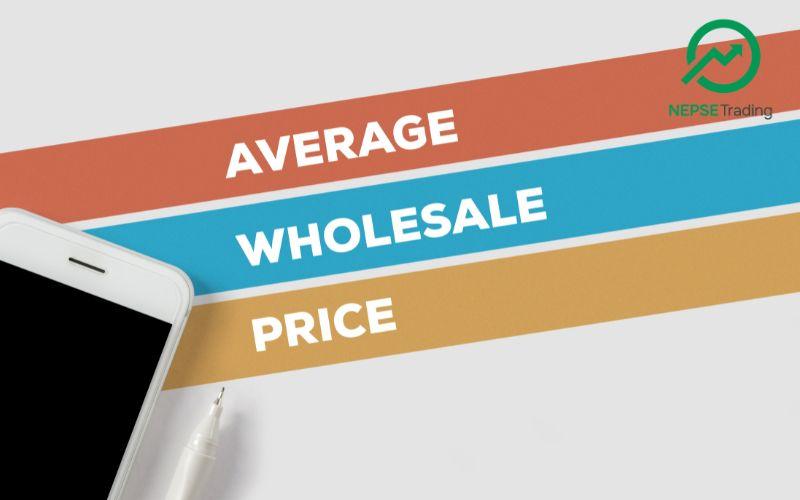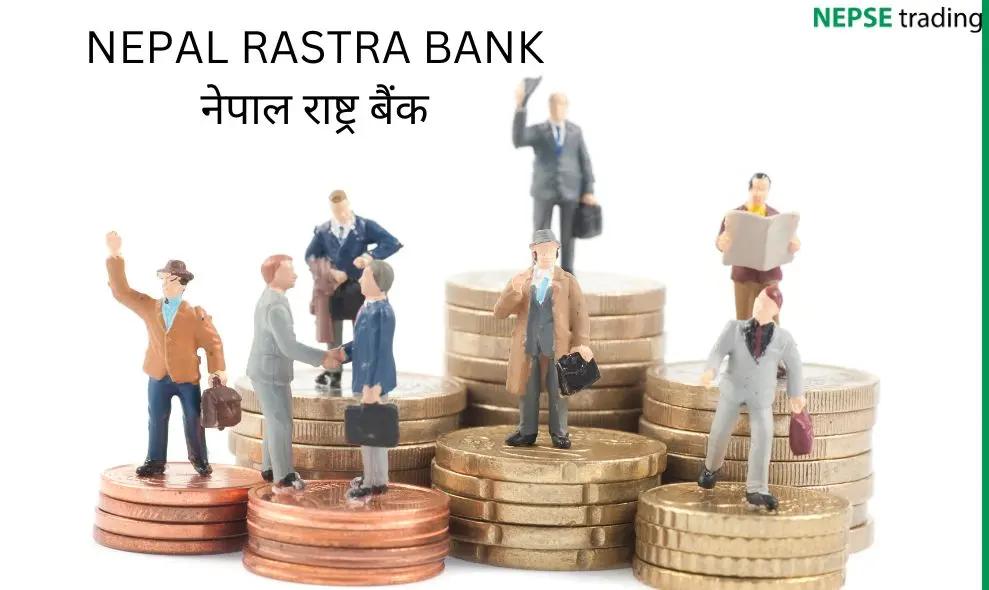By Dipesh Ghimire
Nepal’s Consumer Inflation Falls to Lowest Level in Four Years, Signaling Broad Price Stability

Nepal’s consumer price inflation has continued its downward trajectory, reaching its lowest level in four years as the nation experiences broad-based relief from rising living costs. According to the latest National Consumer Price Index (CPI) data, Nepal’s year-on-year inflation averaged 1.67 percent in fiscal year 2025/26 (mid-month series), a significant decline from 4.06 percent in 2024/25, 5.44 percent in 2023/24, and 7.74 percent in 2022/23. The steady drop in inflation reflects improving supply conditions, stable food markets, easing global commodity prices, and effective monetary tightening introduced earlier by Nepal Rastra Bank.
A closer look at the month-by-month data shows a clear pattern of inflation moderation. In August 2025, inflation stood at 1.68 percent, down markedly from 4.09 percent a year earlier and 7.52 percent in 2023. September inflation measured 1.87 percent, again sharply lower compared to 3.86 percent in 2024 and 8.19 percent in the previous year. October saw inflation at 1.47 percent, its lowest in three years, reflecting stable fuel prices, stronger food supply, and reduced import pressures. The trend suggests that Nepal’s domestic price environment has gradually stabilized, offering relief to households after several years of high living costs.
Historically, Nepal faced steep price hikes during 2022/23, with inflation hovering between 7.26 percent and 8.64 percent due to global supply chain disruptions, Russia–Ukraine conflict-induced fuel shocks, and expensive imports. In contrast, the rapid cooling of inflation in 2025/26 highlights the easing of these external pressures. Additionally, Nepal benefited from improved cross-border trade flows, lower transport costs, and stronger agricultural production, which kept food inflation under control—a key determinant of overall CPI given the large food share in household spending.
The decline is also visible in winter months, which typically see higher inflation because of supply constraints. For instance, inflation in December fell from 6.05 percent in 2024/25 to below 2 percent in 2025/26. Similarly, January’s inflation dropped from 5.41 percent to just around 1–2 percent in the latest readings, signaling improved market efficiency and stable essential goods prices. The reduced inflation in these months indicates better stock management, improved transportation connectivity, and reduced dependence on costly imports.
While food prices played a major role in lowering inflation, non-food inflation has also moderated. Slower price growth in housing, utilities, clothing, furniture, and transportation contributed to the broad decline. The normalization of fuel prices had an especially strong impact—transportation costs dropped significantly compared to previous years, easing price pressure on all goods dependent on logistics networks.
Despite the positive trend, not all inflationary pressures have disappeared. Some essential items, especially imported food and fuel, remain vulnerable to international price fluctuations. The CPI levels themselves—now averaging 105.66 points—are higher than previous years, meaning the overall cost of goods is still rising, although at a slower pace. This means that while inflation has decreased, consumers are still paying more compared to earlier years because the price base has increased.
Economists warn that Nepal’s inflation remains sensitive to external shocks such as currency fluctuations, global oil price movements, and India’s export restrictions on essential goods. Nonetheless, the consistent decline across three consecutive years shows that Nepal’s macroeconomic environment is gradually stabilizing. The improved inflation outlook may give policymakers room to relax monetary policies, potentially lowering interest rates and encouraging investment activity.
Overall, Nepal’s latest CPI data paints a more optimistic picture of consumer affordability and price stability. For households, the slowdown in inflation is a welcome relief after prolonged periods of high expenses. For businesses and policymakers, the stable inflation environment provides a foundation for economic recovery, investment expansion, and sustained growth in the coming fiscal years.


